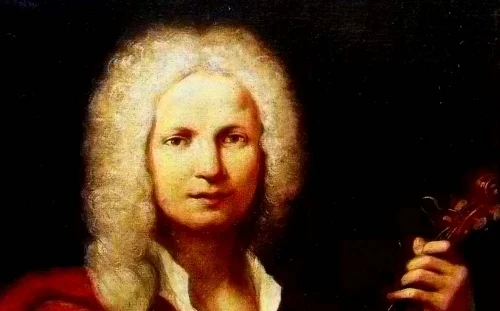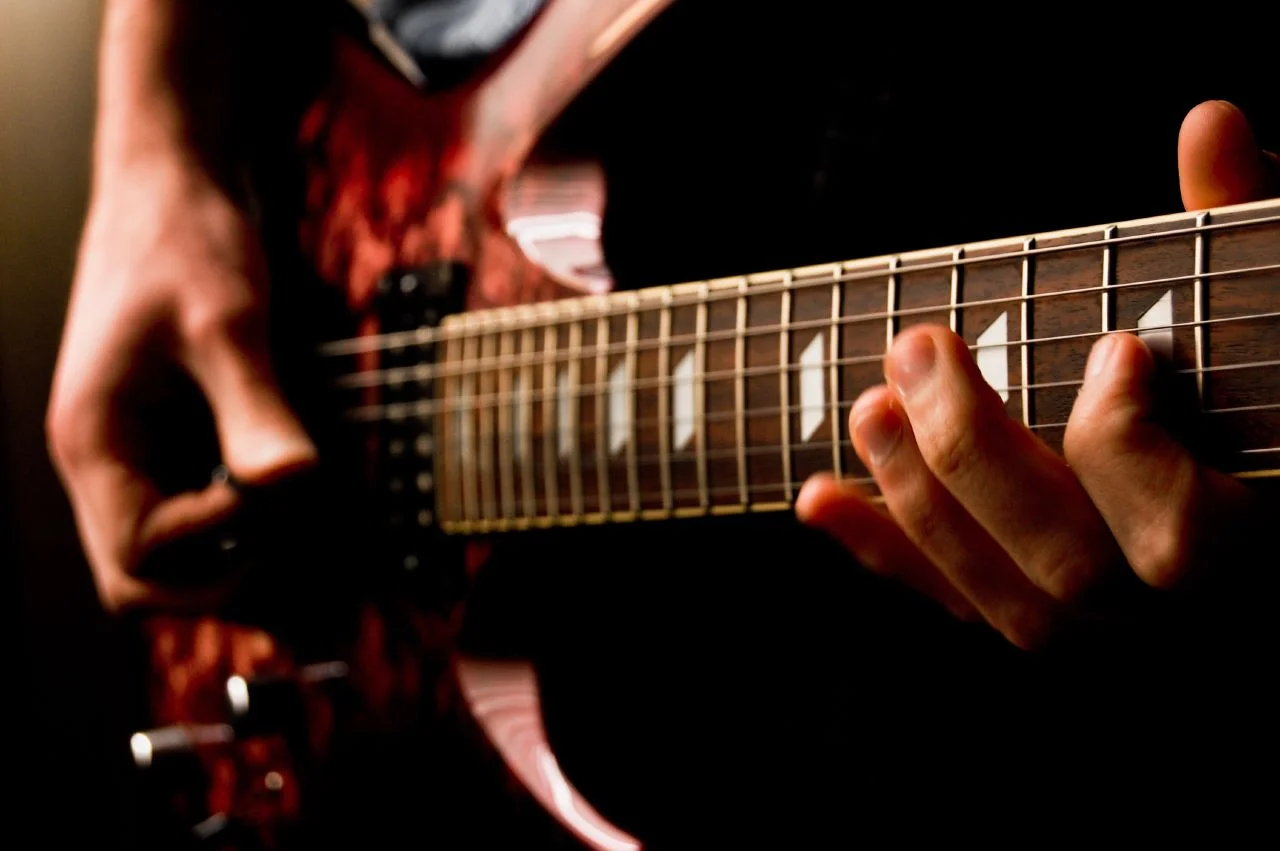By William Muñoz
When I started learning the trumpet one of my goals was to eventually be good enough to play salsa music. After all, growing up in Puerto Rico, that is one of the most popular styles of music and I thought it would be awesome to be in a salsa band. My first trumpet teacher played in many salsa bands, some of which he also directed, additionally, he also performed with the Puerto Rico Symphony and Puerto Rico Philharmonic among other ensembles. I remember that after a few lessons he asked: “why do you want to play the trumpet?” to which I replied: “I want to play salsa.” He then responded: “Well, I am going to teach you how to be a trumpet player, more importantly, I will teach you to be a good musician.”











